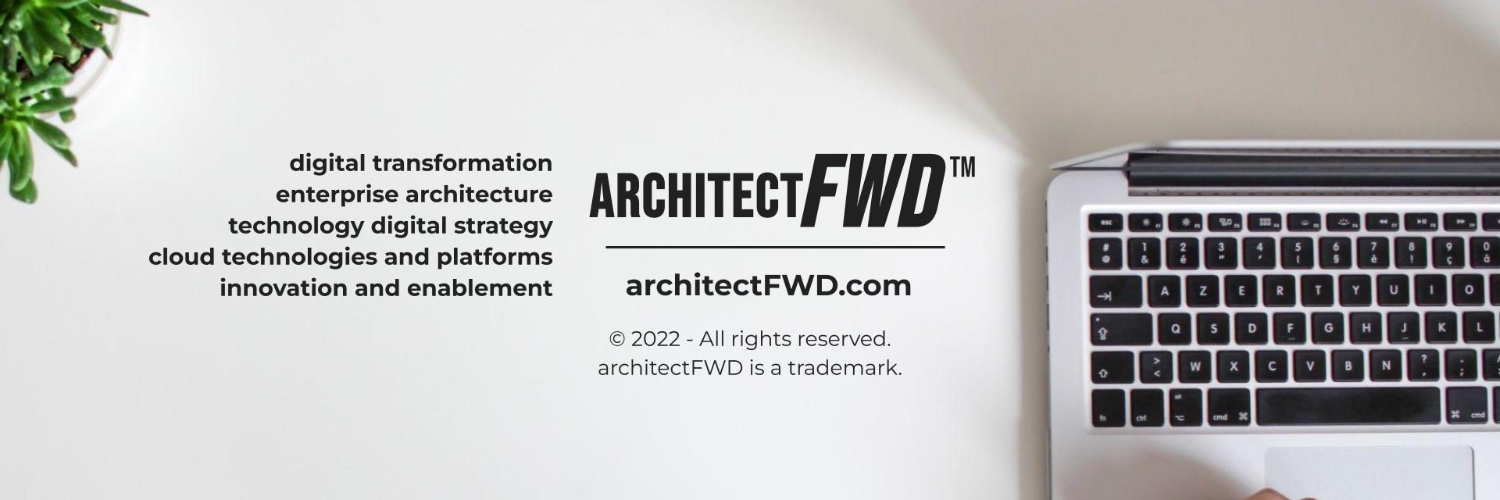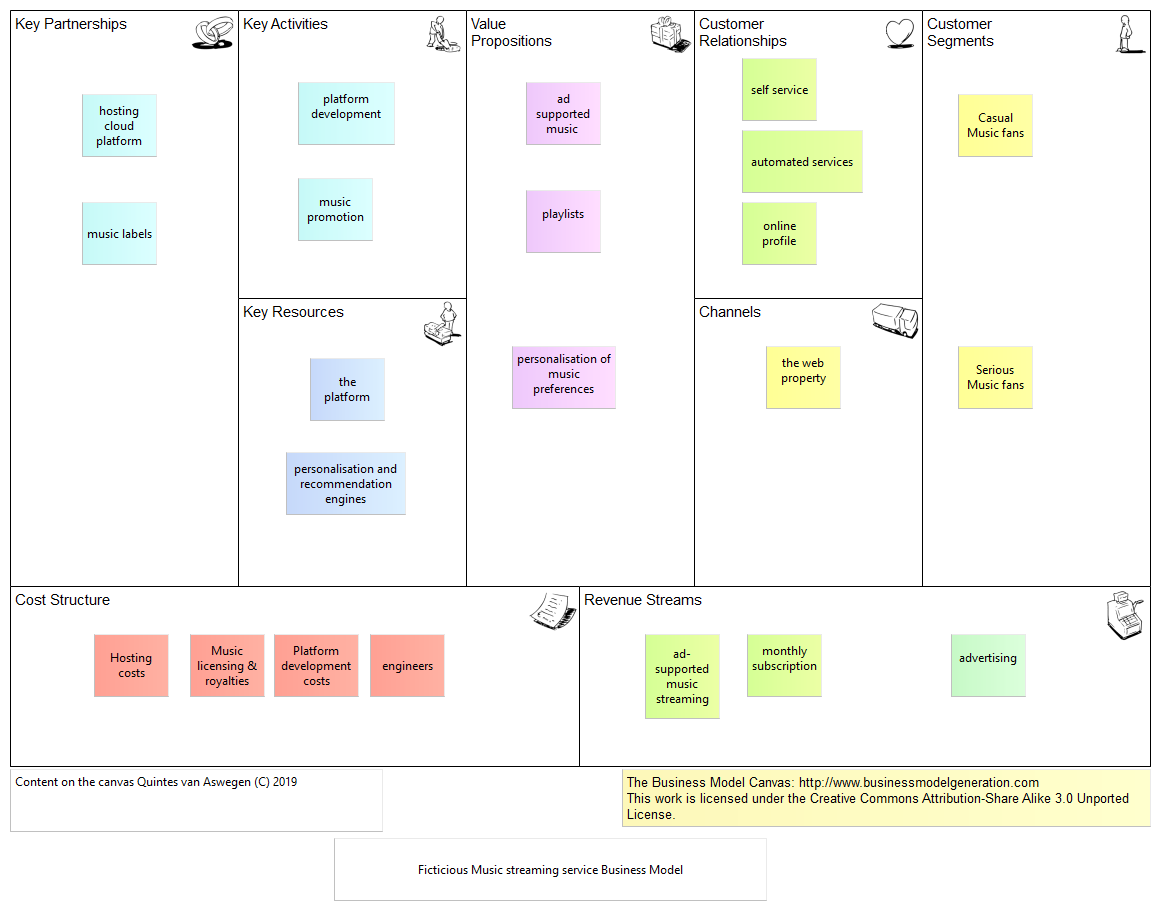(Originally published elsewhere in 2019) When an organisation begins thinking about digital transformation or when strategy and business objectives require focus on value delivery, new capabilities or new customer segments, then there is a need to model the desired state, as a vision clearly stating how to deliver to and meet these objectives. Where can you start? Bottom up, i.e. from the technology layer up may not realize the value if the business outcomes are not articulated beforehand. Technology for the sake of it will not realize value unless it aligns with a business need.

The Open Group Architecture Framework (TOGAF) describes the steps, approach and taxonomy that can be used to elicit requirements and then describe and implement an architecture. But to get there you need a model to drive the requirements for a future state of the business. The Business Model Canvas is an option for high level modelling of the target business model.
The Business Model Canvas was proposed by Alexander Osterwalder and Yves Pigneur in the book ‘Business Model Generation’ . I initially became familiar with it from Eric Ries’ book ‘The Lean Startup’ and again through some notes from Steve Blanks. A white paper from The Open Group also indicated that the canvas can be used as a means into more robust modelling for EA. It can also be used for customer development, validation and learning in the Lean Startup methodology. I’ll get into those in another post.
The Business Model Canvas
The business model canvas describes 9 core entities of a business. The business model describes how the organisation creates, delivers or captures value. In particular it describes the main domains within a business as 9 building blocks, notably the customers, the distribution channels, costs and revenue, the assets and means to create the value proposition. The use of the business model canvas can help to describe the viability of any proposed business model, such as
- is this model going to yield the financial outcomes required to be sustainable
- is the model going to deliver the right product - or service - to the right customer segment
- are the channels to deliver suitable and effective? Are there other channels which would serve the customer better?
The Business Model Canvas building blocks are described best in the book by Osterwalder.
Value Proposition
When thinking of digital transformation the important questions are how does the business or organisation deliver a highly engaging, high value experience to the customer through the use of digitalisation and technology to improve the product or service. This is a key point, the customer satisfaction and the impact to the customer segment must be positive.
The value proposition must include consideration of factors such as efficiency, lowering cost, improving service etc.
I created an example business model canvas to display the core blocks as seen below.

This is a hypothetical music streaming service showing which customers, the channels, value proposition, key resources, activities and partners. It also shows the cost structure and revenue streams core to being a successful business.
It is useful as has become a popular means to describe a business model. I will need to test it out when looking at strategic drivers and objectives in certain projects I’d like to use this modelling tool in, especially to determine if I can use this model when needed as input into other deliverables I typically generate.
Integrating with Enterprise Architecture
The business model defines the as-is or future-state design of a business. Using the Business Model Canvas as a means to look at strategy and innovation is useful in the Enterprise Architecture context.
It helps to ensure enterprise architecture can be aligned with business strategy through developing a business architecture to deliver capabilities, business services and application architectures supporting the business model. In essence supporting support the value streams delivering the product and or service as described in the Value Proposition within the Business Model Canvas. The business architecture views developed through the architecture effort describe either the as-is or target state include operating models, value streams, organisation Maps, organisation model, capability maps etc. as well as other typical Togaf catalogs, matrices and diagrams. The business architecture views developed through the architecture effort drives planning through to implementation of architectures to support the business model.
I’m not suggesting the Business Model Canvas would always be the first model you start with; the business model may be available already and thus any enterprise architecture or solutions architecture can then focus on ensuring that capabilities support the existing business model.
However when modelling to describe who a product or service is aimed at, what channels will be used to communicate with those customers and what value is to be delivered against any costs I aim on utilizing this business model canvas. There are a few projects in my current role in public sector where I already have interest in describing the value proposition through the business model canvas.
Another tool in the belt, use when suitable I suggest!
Originally published elsewhere on 03 April, 2019.
